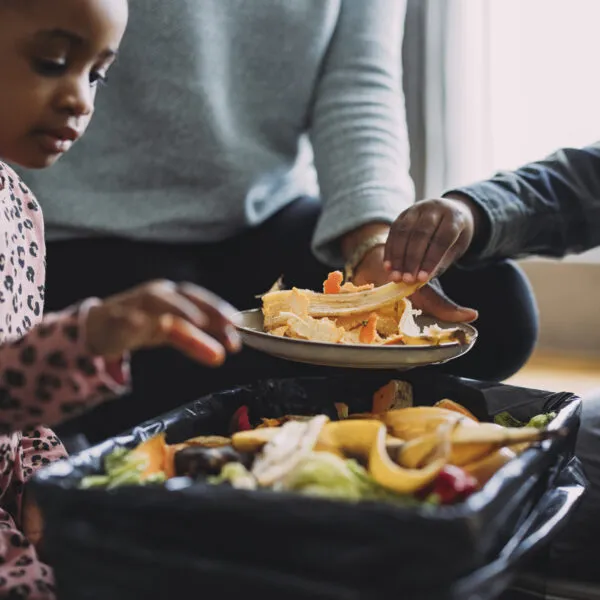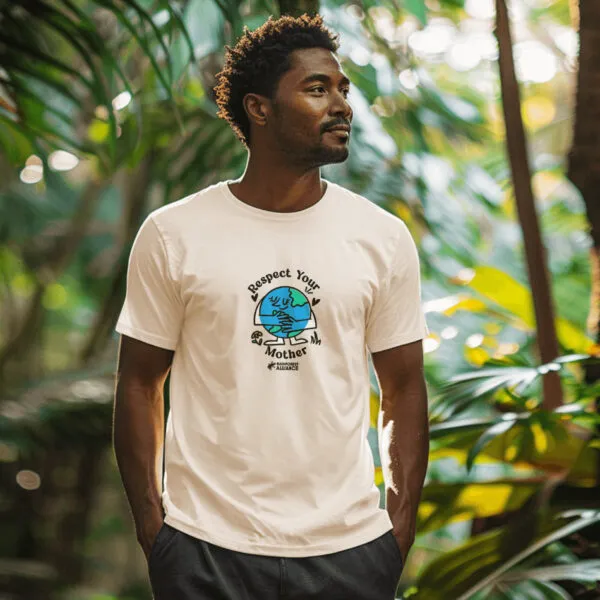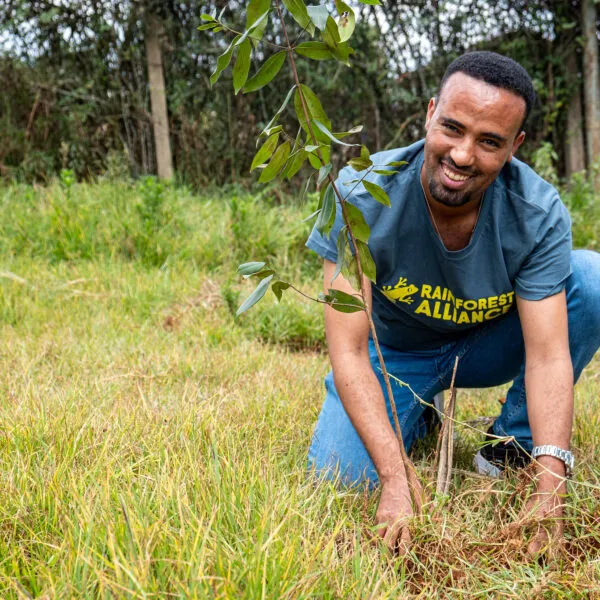Rainforests: shrouded in mist and mystery, home to animals beautiful and bizarre, filled with plants that can poison or heal. They are the subject of frequent campaigns calling for their protection, but what role do rainforests play in our daily lives? More than you might realize. Consider how different, and poorer, life would be without these seven everyday items.
Coffee
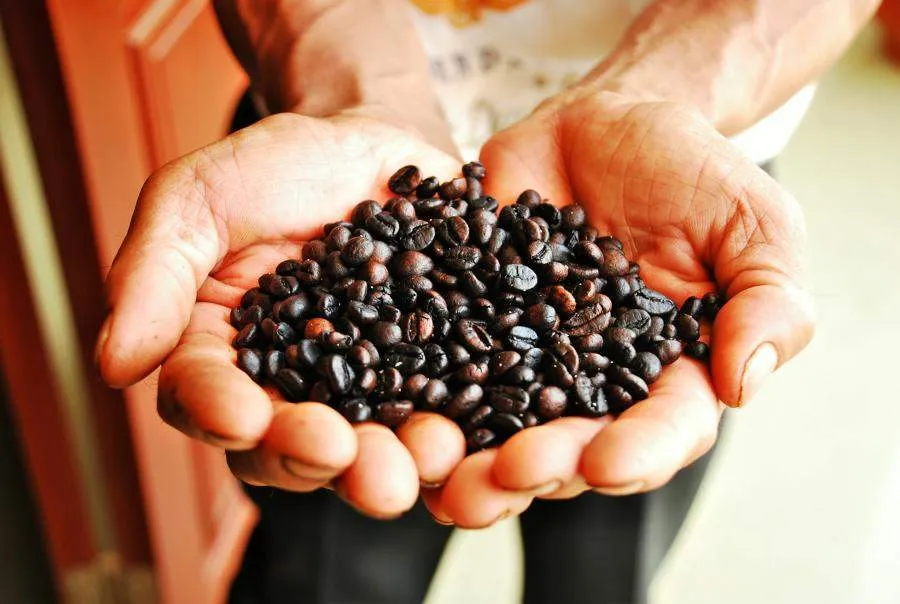
Do you kickstart your day with a cup of coffee? Thank the rainforest. Coffee is one of nature’s most traded commodities, supporting more than 25 million people around the world and driving the economies of countries throughout Latin America, Asia and Africa. Traditionally, coffee farms were almost indistinguishable from the forests that surrounded them. And today, some of the world’s best coffee still comes from farms where the beans grow under the shade of the forest canopy.
Bananas
If your breakfast features bananas, then you are relying on the rainforest to get your day off to a healthy start. This tropical fruit is part of a $5 billion global industry, which until the 1990s had a reputation sullied by worker abuse, rampant deforestation and the poisoning of streams and rivers. The challenges posed by conventional banana farming prompted the Rainforest Alliance to develop its unique approach to developing sustainable agriculture standards in partnership with local NGOs, scientists, community leaders, worker unions and farmers to transform the industry. Today more than 15 percent of all the bananas traded internationally come from Rainforest Alliance Certified plantations.
Together, we’re building a future where people and nature thrive. Sign up today and join our movement.
"*" indicates required fields
Açaí
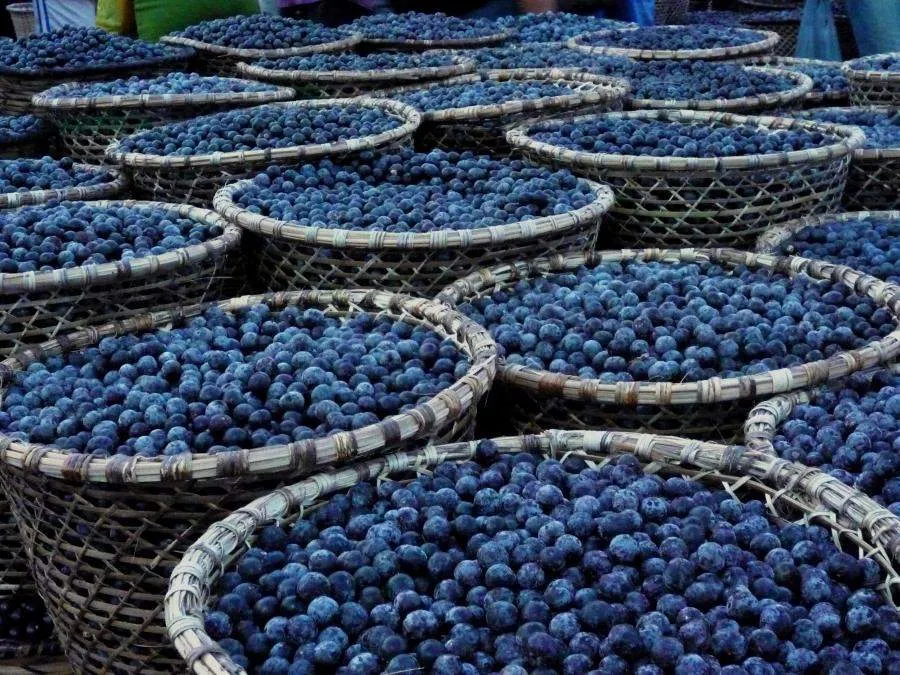
Heralded as the superfruit of superfoods, açaí has become a bona fide health food craze. But Amazonian communities in rainforests where açai palm grows have have relied on this tree for generations. While in modern Western diets it is the berries—rich in protein, minerals and anti-oxidant and anti-inflammatory elements—that have attracted the most attention, traditional Amazon communities use the palm heart as a vegetable and the fronds to thatch roofs. The oil from the palm is also considered to have medicinal purposes.
Cinnamon

Enjoy a cinnamon latte? You’d be hard pressed to do so if it weren’t for the cinnamon forests in places like Kerinci on the Indonesian island of Sumatra in Indonesia. Cinnamon is literally the bark of the cinnamomum burmannii tree and is mostly grown by farmers on small remote parcels of land, nestled alongside other native trees. Once harvested, the bark curls naturally as it dries to form the “cinnamon sticks” we find in our grocery stores. Cinnamon’s good pal vanilla also grows naturally within a forest environment.
Black pepper
As the most widely traded spice in the world, the sheer ubiquity of black pepper might give it a pedestrian reputation. But peppercorn grows on the flowering vine of the Piperaceae family in tropical regions around the world, especially South Asia and Southeast Asia. It has been used as currency and presented to the gods as a sacred offering. There is virtually no cuisine in the world where pepper does not serve a role.
Chocolate
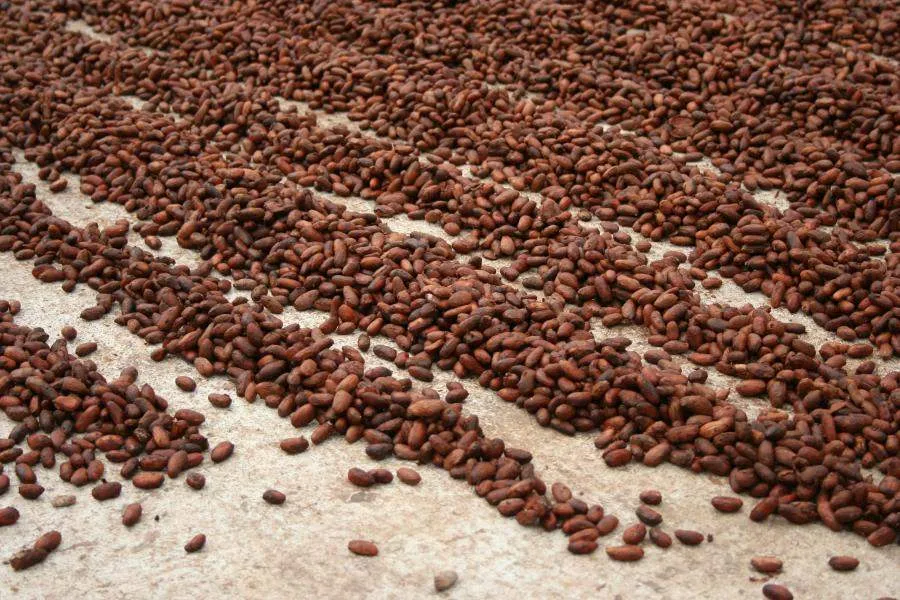
Chocoholics might want to thank the tropical forests for their buzz. Cocoa, like coffee, can be cultivated under the shade of a forest canopy and is found throughout West Africa, Asia and Central and South America. Unfortunately many cocoa farmers have cut down forests in order to grow more cocoa or full-sun varieties—a practice that weakens soils, destroys wildlife habitat and increases the need for agro-chemicals. The Rainforest Alliance works with hundreds of thousands of smallholders farmers worldwide to encourage a return to shade-grown cocoa grown. Why shouldn’t our favorite indulgence be healthy for the planet?
Palm oil
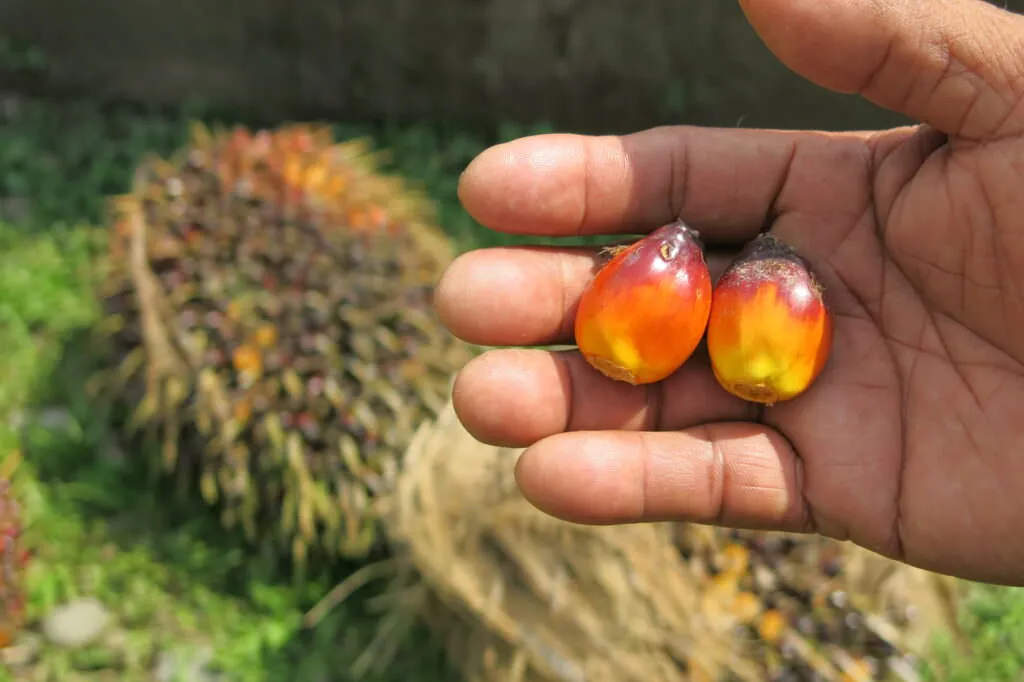
This rainforest plant has a dominant presence in our everyday lives and in global environmental controversy. Palm oil is found in food products, cosmetics, shampoos, soaps and a myriad of products most of us use daily. But irresponsible farmers have cleared natural forest to make way for increasingly large monoculture oil palms—to meet the insatiable demand for palm oil. Global efforts to the curb environmental destruction caused by palm oil production include the development of a Roundtable on Sustainable Palm Oil, commitments from major multinational companies to purchase only sustainable palm oil and the Rainforest Alliance’s own training and certification initiatives.

